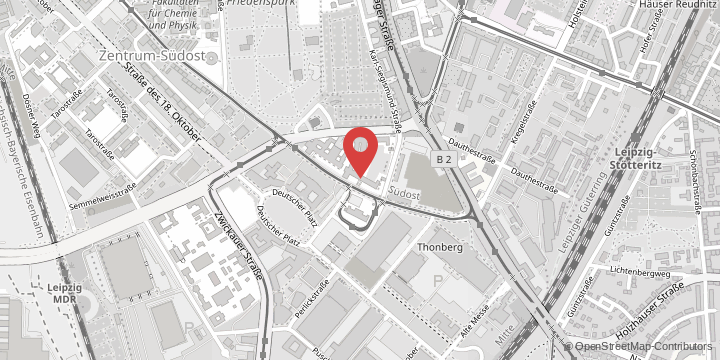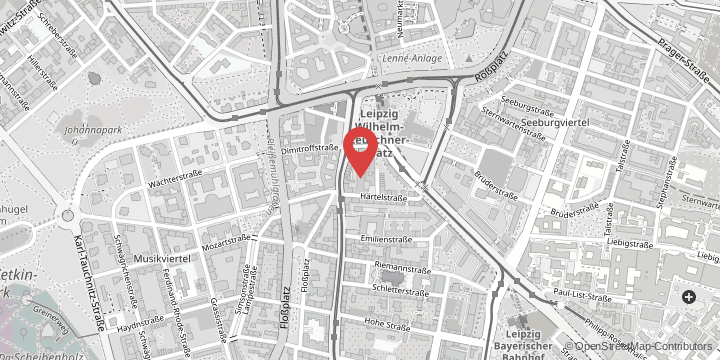Profile
Abstract
You find my personal web page at http://monsun.meteo.uni-leipzig.de/~dokuwiki/doku.php?id=user:mmaahn
Professional career
- since 07/2020
Leipzig University - 03/2016 - 05/2020
Cooperative Institute for Research in Environmental Sciences (CIRES) of the NOAA Earth System Research Laboratories and the University of Colorado Boulder - 05/2011 - 02/2016
University of Cologne - 01/2011 - 05/2011
Bonn University
Education
- 05/2011 - 01/2015
University of Cologne: Meteorology (PhD). Thesis: Exploiting vertically pointing Doppler radar for advancing snow and ice cloud observations. - 01/2009 - 06/2009
University Centre in Svalbard: Semester abroad - 10/2005 - 11/2010
Bonn University: Meteorology (Diplom). Thesis: Measuring Precipitation with Micro Rain Radars in Svalbard.
See the ORCID profile https://orcid.org/0000-0002-2580-9100 or Google Scholar https://scholar.google.com/citations?user=vgyek20AAAAJ for a list of publications.
- show detailsTRR 172/B08: Characterising the spatial variability of ice water content in and below mixed-phase cloudsMaahn, MaximilianDuration: 01/2021 – 12/2023Funded by: DFG Deutsche ForschungsgemeinschaftInvolved organisational units of Leipzig University: Institut für Meteorologie; SFB Transregio 172: Arktische Verstärkung: Klimarelevante Atmosphären- und Oberflächenprozesse und Rückkopplungsmechanismen (AC)3
- show detailsCharacterization of orography-influenced riming and secondary ice production and their effects on precipitation rates using radar polarimetry and Doppler spectra (CORSIPP)Maahn, MaximilianDuration: 06/2022 – 08/2025Funded by: DFG Deutsche ForschungsgemeinschaftInvolved organisational units of Leipzig University: Institut für Meteorologie; Arktische Klimaveränderung
- show detailsEvaluating Microphysical Pathways Of midlatitude Snow formation (EMPOS)Maahn, MaximilianDuration: 09/2023 – 08/2026Funded by: DFG Deutsche ForschungsgemeinschaftInvolved organisational units of Leipzig University: Institut für Meteorologie
- show detailsMaahn, M.; Turner, D. D.; Ebell, K.; Comstock, J. M.; Mace, G. G.; Posselt, D. J.; Löhnert, U.Optimal Estimation Retrievals and Their Uncertainties: What Every Atmospheric Scientist Should KnowBulletin of the American Meteorological Society. 2020. 101 (9). pp. E1512–E1523.
- show detailsMaahn, M.; Goren, T.; Shupe, M. D.; de Boer, G.Liquid Containing Clouds at the North Slope of Alaska Demonstrate Sensitivity to Local Industrial Aerosol EmissionsGeophysical Research Letters. 2021.DOI: 10.1029/2021GL094307
- show detailsLuke, E.; Yang, F.; Kollias, P.; Vogelmann, A. M.; Maahn, M.New insights into ice multiplication using remote-sensing observations of slightly supercooled mixed-phase clouds in the ArcticProceedings of the National Academy of Sciences of the United States of America. 2021. 118 (13). pp. 1–9.
- show detailsMech, M.; Maahn, M.; Kneifel, S.; Ori, D.; Orlandi, E.; Kollias, P.; Schemann, V.; Crewell, S.PAMTRA 1.0: the Passive and Active Microwave radiative TRAnsfer tool for simulating radiometer and radar measurements of the cloudy atmosphereGeoscientific Model Development. 2020. 13 (9). pp. 4229–4251.
-
12-111-0028 WP3 - Applied Meteorology
"Angewandte Meteorologie" ist eine Übersicht zu meteorologischen Anwendungen auf dem Gebiet der Land- und Forstwirtschaft, Lufthygiene und Stadtstruktur, erneuerbaren Energie (Wind, Sonne, Wasser, Bio) als Spezialgebiete, die eine Wechselwirkung zwischen Mensch und Atmosphäre zugrunde legen. In der Übung "Angewandte Meteorologie" werden die vermittelten Kenntnisse anhand konkreter Fragestellungen gefestigt.
-
12-111-0010 P13 - Meteorological measurements
In der Vorlesung erfolgt die Vermittlung theoretischer Konzepte zur Beschreibung der turbulenten Grenzschicht der Atmosphäre. Im Praktikum wird der selbstständige Umgang mit meteorologischen Standard-, Turbulenz- und Strahlungsmessgeräten, Planung, Aufbau und Betrieb von Feldmessungen geübt. Die Übung beinhaltet die Auswertung der Feldmessungen, sowie die Darstellung von Ergebnissen in schriftlicher und Vortragsform.































































